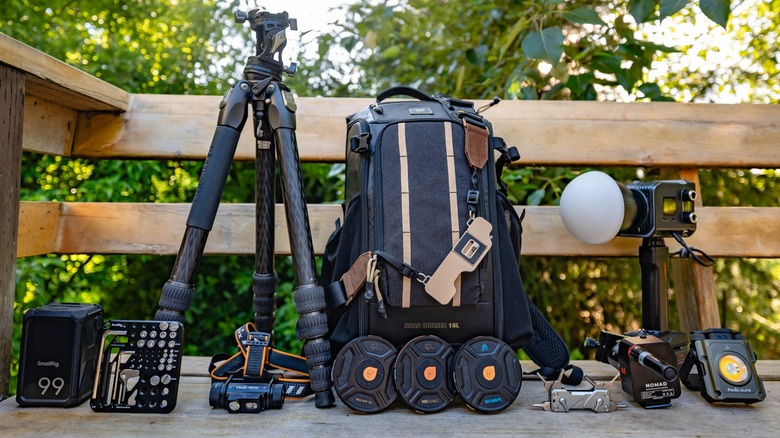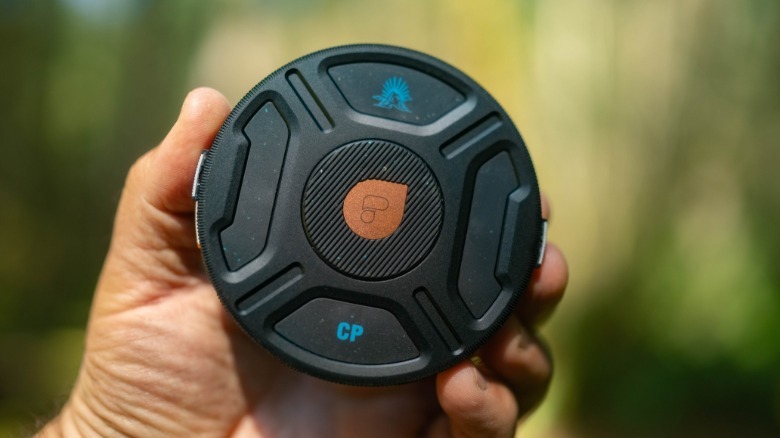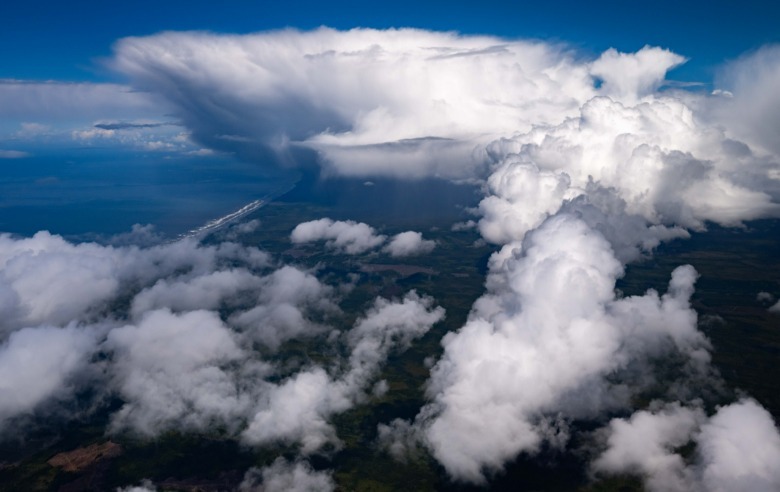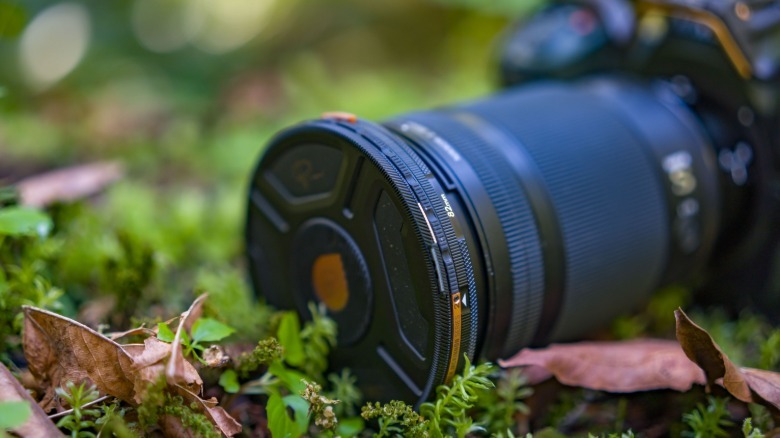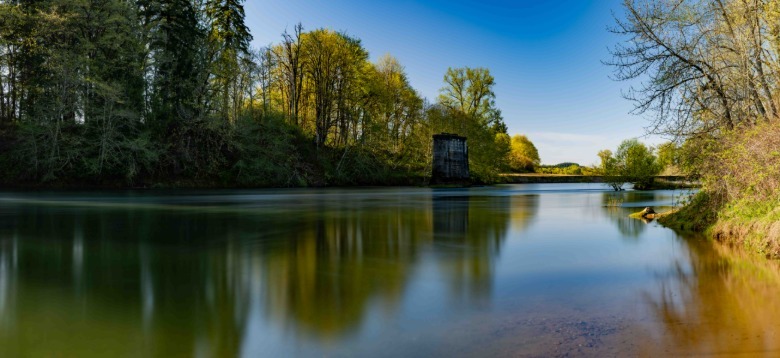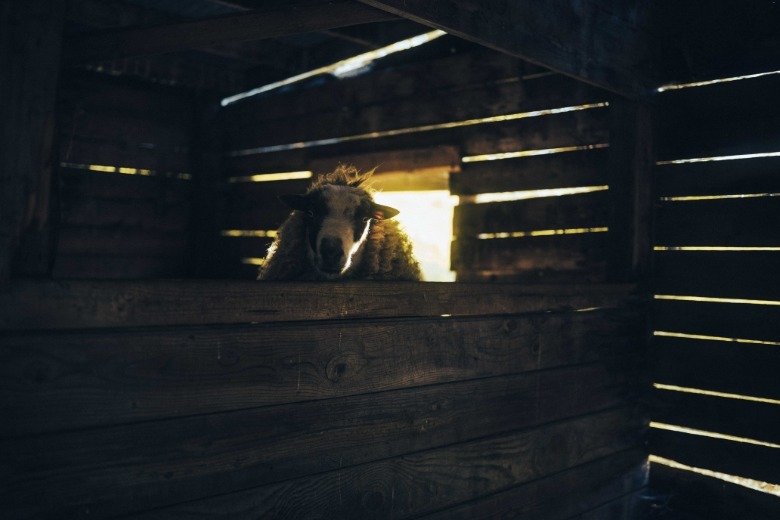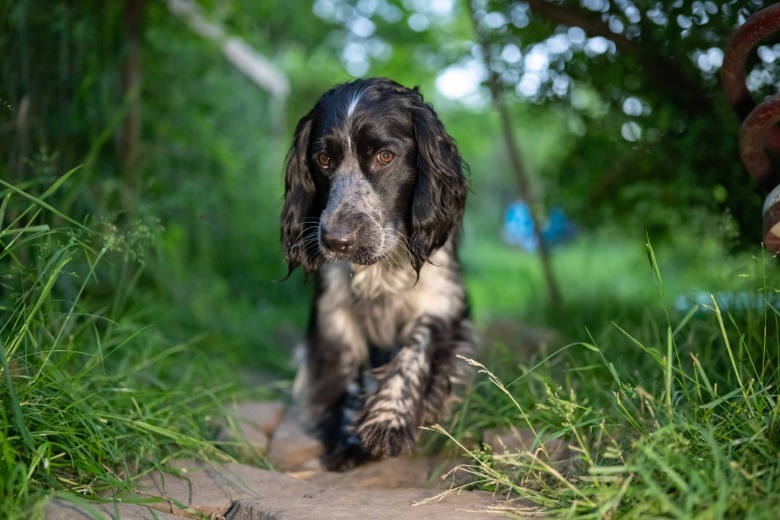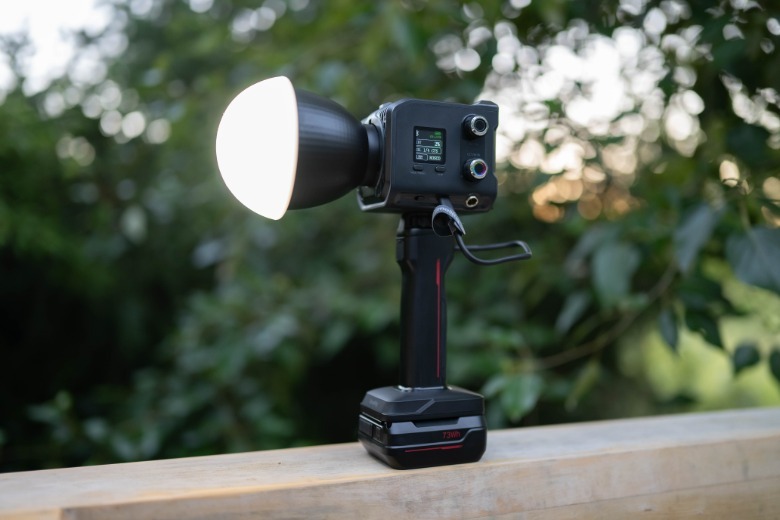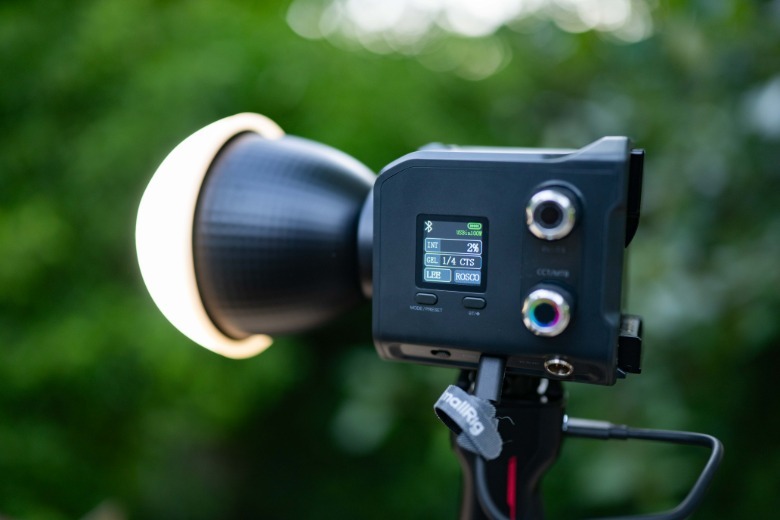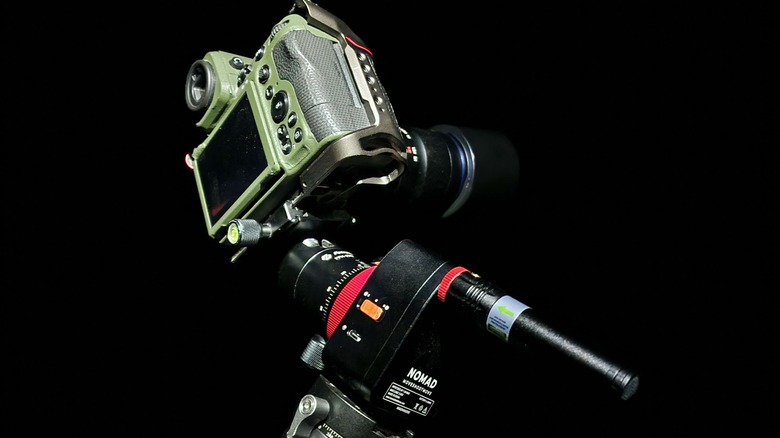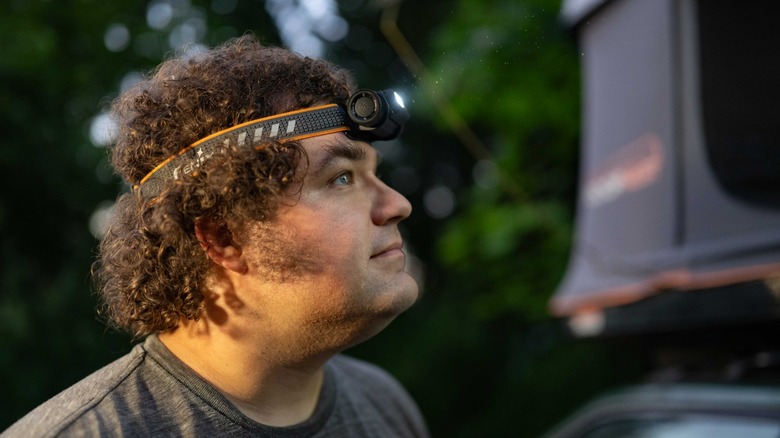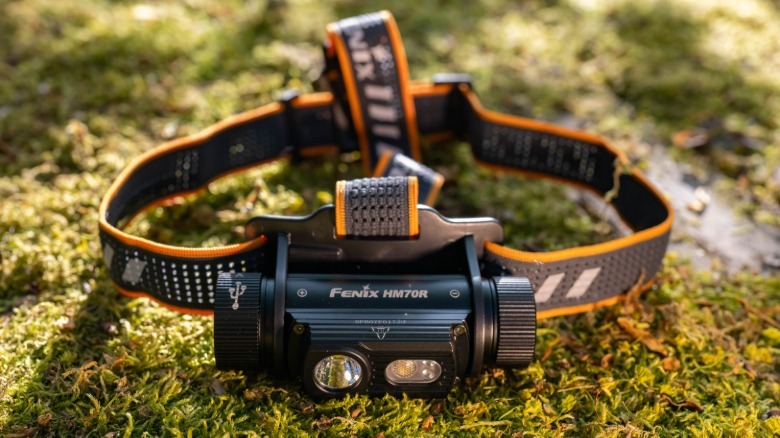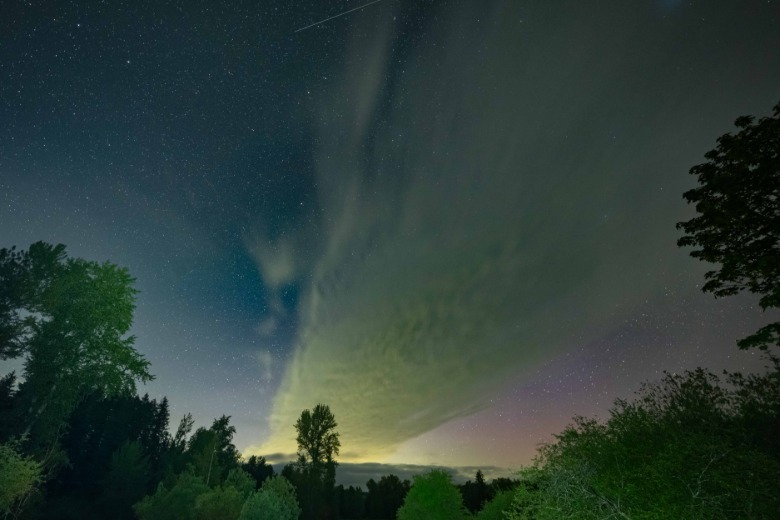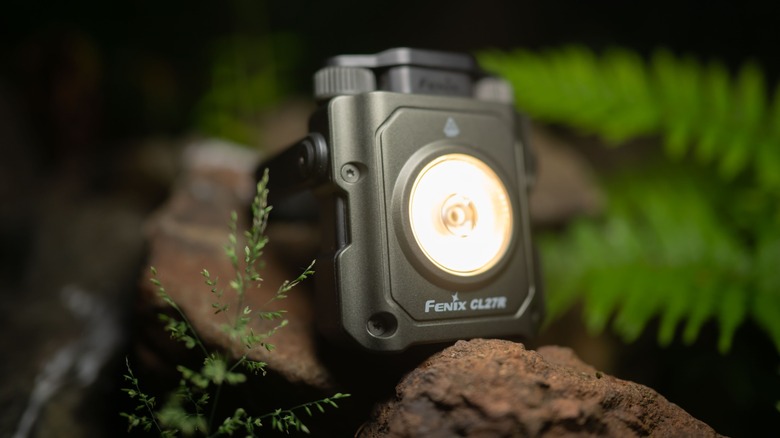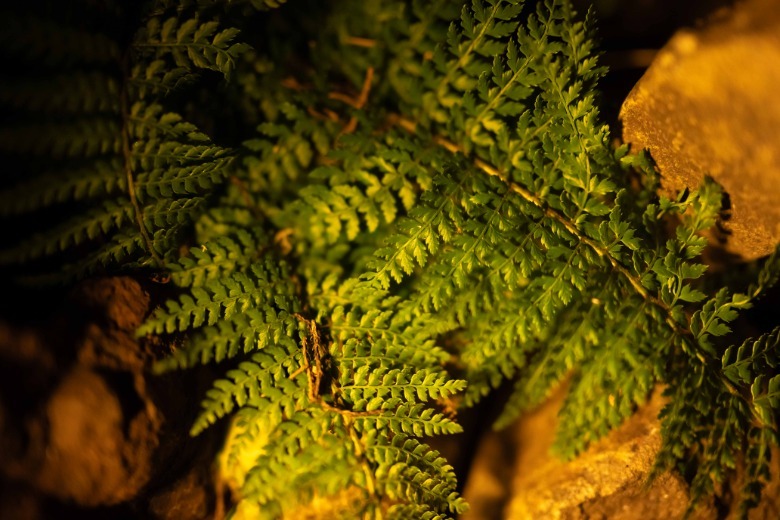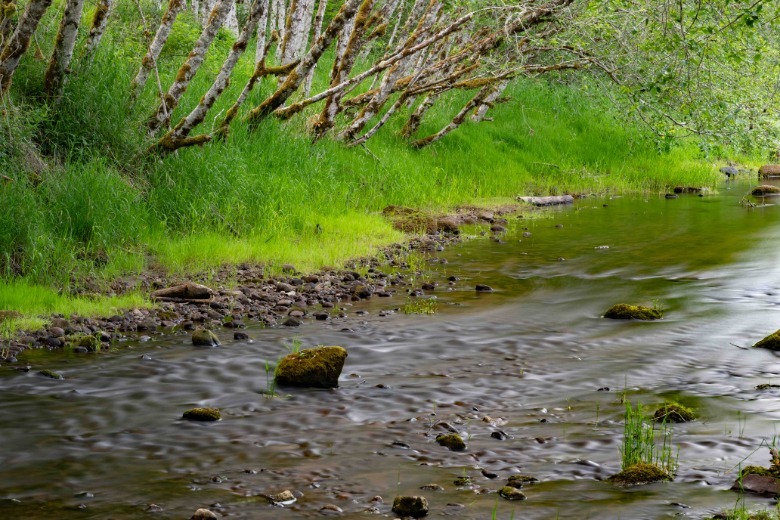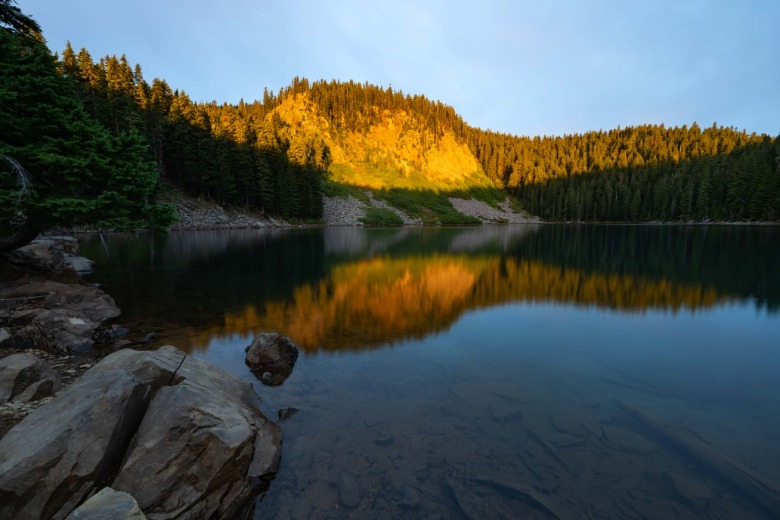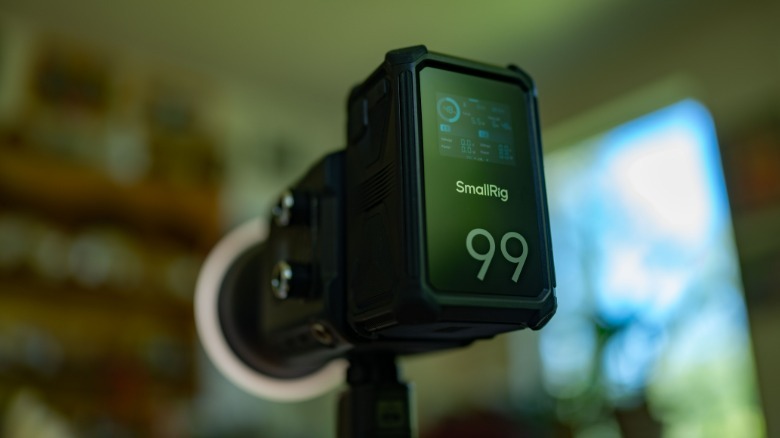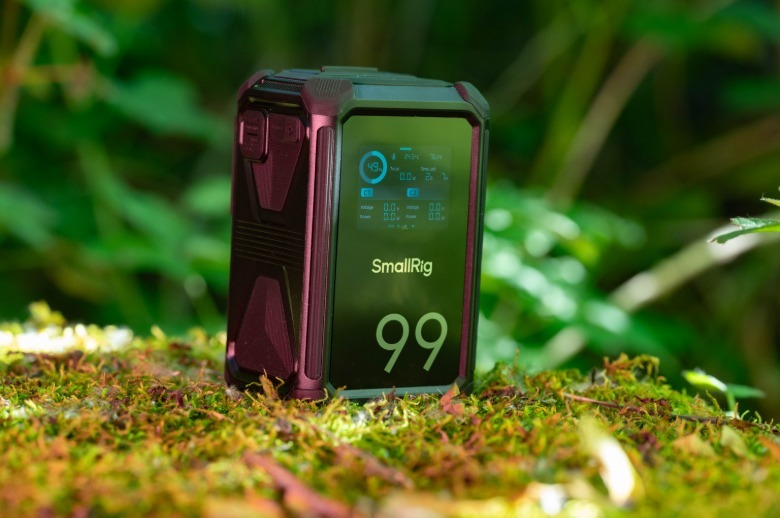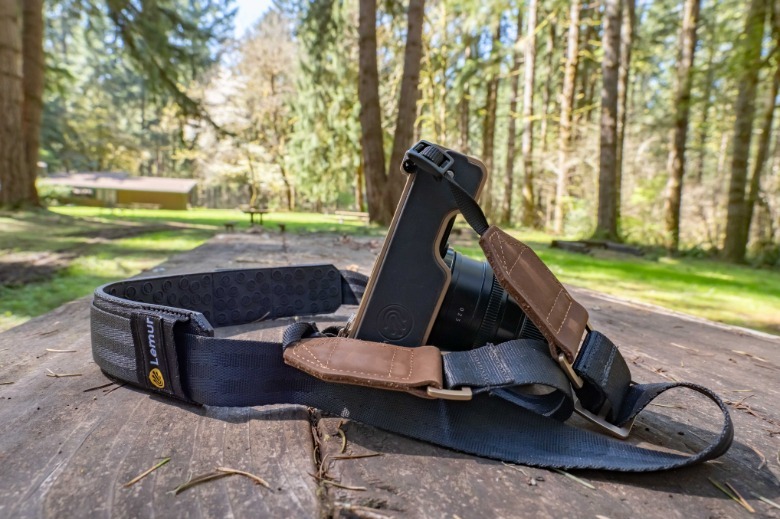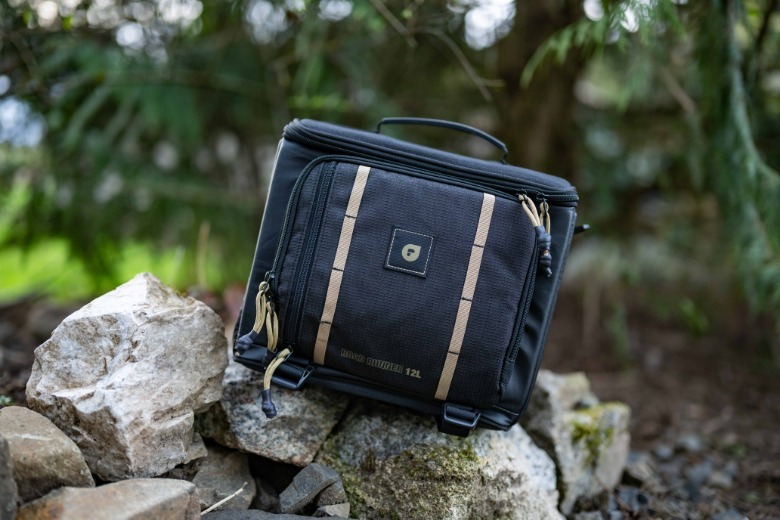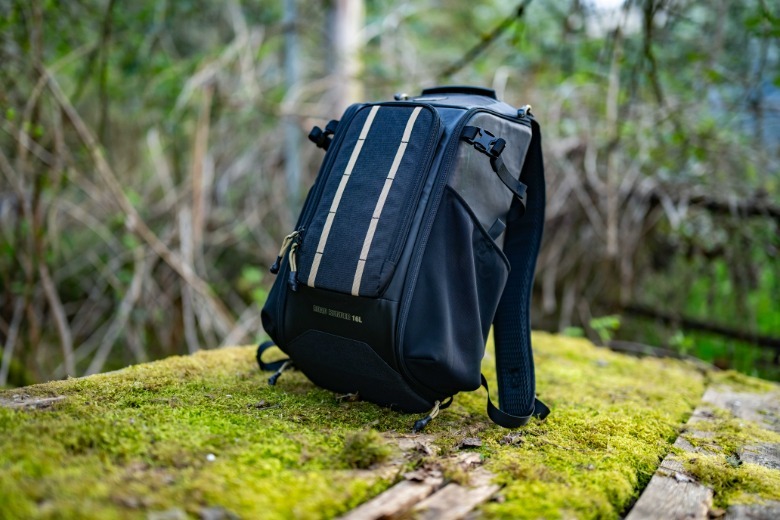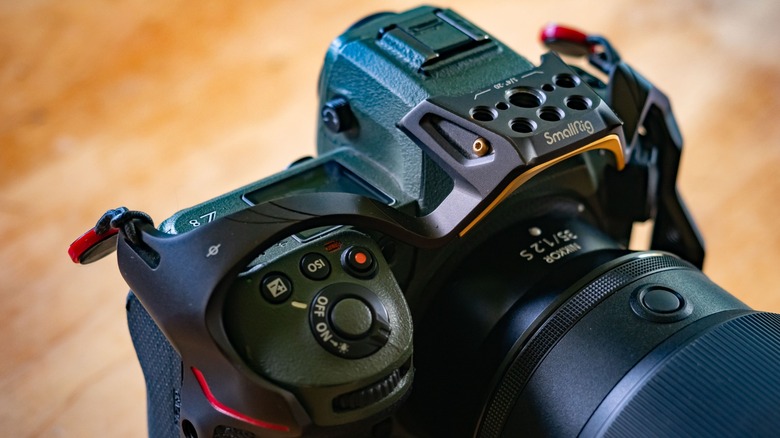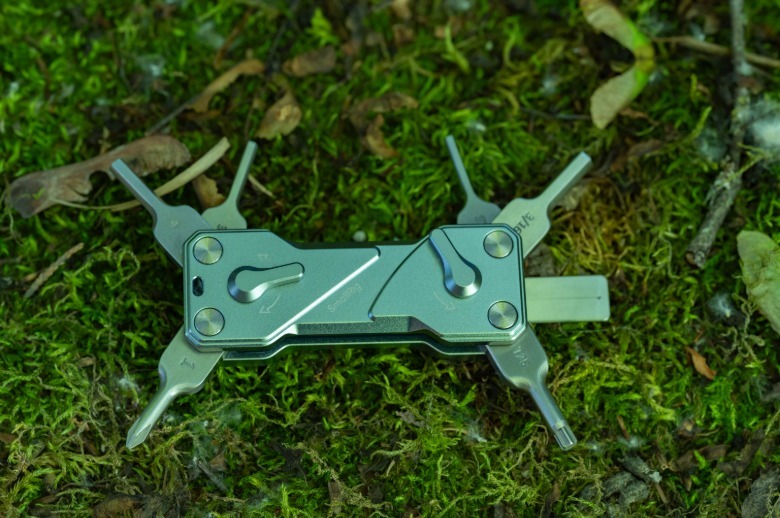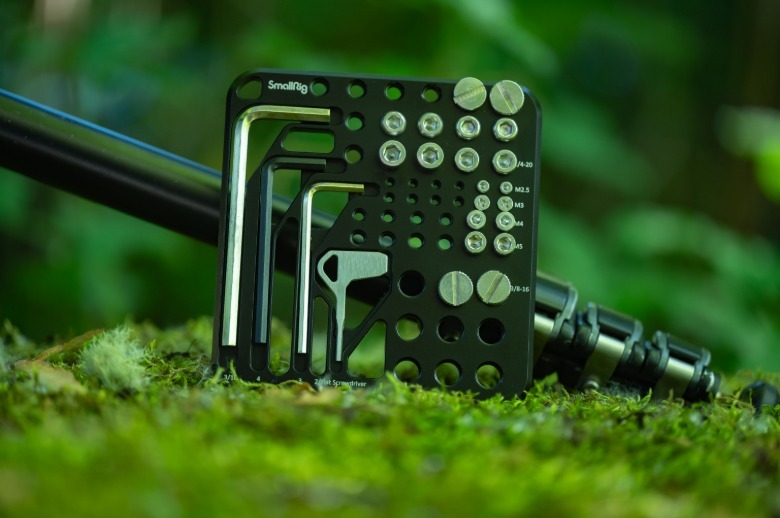11 Non-Camera Gadgets Photographers Should Have With Them When Shooting
We may receive a commission on purchases made from links.
Cameras and lenses tend to dominate discussions of photography gear. We photographers frequently see them as being the most exciting parts of our kit. Afterall, it is the camera and its lens which are fundamental to photography, and are the bare minimum barrier to entry into the hobby. However, once you've been practicing the art of photography long enough, you come to realize that if all you own is your camera, then you are limiting your creative potential.
Few tech products have available so many different gadgets to use alongside them as do cameras. These range from the obvious to the mundane, such as tripods and specialized camera bags, to star trackers and esoteric lighting equipment. The sheer variety of equipment available to serve photographers in their craft is mind boggling. I went hands-on to test out a number of the latest and greatest photography gadgets, and have evaluated them using my long experience as a professional photographer. Some are gadgets I've purchased myself, while others were provided for testing by the manufacturers.
Polarpro Helix filters
Filters are an indispensable part of any professional photographer or videographer's tool chest, with perhaps the most relevant in the modern day being the ND filter. Neutral density filters allow you to reduce the amount of light which reaches your sensor without adjusting your aperture or shutter speed. Polarizing filters are also a very useful tool, as are a number of more obscure varieties, and the system I recommend is PolarPro's Helix filters.
Whereas swapping between traditional filters can be a real pain, the Helix system means you only need screw on a single base plate, whereupon the filters quickly snap in and out. Unlike other magnetic filter systems, the Helix system features a locking mechanism which adds an extra layer of security. I used a circular polarizer on my Nikon Z8, hanging out of the window of a plane traveling 150MPH without issue.
The image quality of these filters is exceptional, delivering professional results, though at up to several hundred dollars from PolarPro, these filters aren't cheap. I particularly love the ND1000PL from the Chris Burkhard series, which is an extremely dark filter with an integrated polarizer, allowing for dramatic long exposure photography even at midday. The more moderate ND64 filter is also very good, and the VND filters of the Peter McKinnon series are excellent for videography.
The VND/PL 6-9 filter is extremely useful when used in conjunction with my Nikon 35mm f1.2 lens, and the VND/PL 3-5 black mist filter ($299 on Amazon) delivers a soft, cinematic effect. There are numerous other innovative options available in the lineup, from the traditional to the extremely unusual. I also really appreciate the lens cap design — far better than standard caps.
Smallrig RC 100C COB LED Video Light Kit
Often, available light just isn't enough, and a good portable light source can transform a mediocre snapshot into something special. I use video lights for most of my work, including for stills photography, because constant illumination allows you to see the final result of your composition before you've taken the shot.
The new Smallrig RC 100C COB Video Light Kit ($349 on Amazon) is just about the ideal all-in-one setup as far as portable, professional quality lighting setups go. I'd been searching for years for a solution to the problem of large, cumbersome lighting setups for video and photo shoots. I have quite a collection of different lights at this point from the likes of Godox, Aputure, and Sirui, but going forward this Smallrig light is the one I'll reach for outside of my home studio. It comes in its own robust padded carrying case, with a diffuser, a battery grip/handle, and an adapter to make it compatible with a wider range of mounting options.
It also comes equipped with a V-lock base for batteries if you prefer not to use the grip handle battery setup, and accepts both 100W USB-C power delivery and 168 D-tap to DC. In addition to its impressively bright maximum output, this is also an RGBWW light, meaning that the color of that light output is fully customizable across the color spectrum, and it features a broad color temperature range of 2500K to 10000K. It's packed with special effects and customization options, which are accessible on the body of the light itself, through a companion app, or via wired remote control.
Move Shoot Move Nomad Star Tracker
You can only go so far with astrophotography using only a camera, lens, and tripod. The earth's rotation limits the efficacy of static tripods for capturing seriously long exposures of the night sky. This is where star trackers come in; these are mechanized platforms which slowly move your camera to match the motion of the stars and enable super long exposures without blurring out the sky. The Nomad Star Tracker from Move Shoot Move is a new, compact, and relatively affordable option.
The robust, metal construction, simple controls, and clever design elements help the Nomad to elevate itself above its relatively affordable price point. It's also surprisingly easy to use. Once you have it all setup and correctly oriented, it really is as simple as flipping a switch to "North" or "South", depending on which hemisphere you happen to be in. It's small enough that I would actually consider backpacking with it, and it would be really handy to have out in such remote, dark places.
While conditions have only been ideal for astrophotography over the past month, I have been able to test it out, and have been happy with the Nomad's performance. I'm able to easily and accurately sight in on the North Star with the optional laser kit, and confirm that the Nomad works with a heavy camera rig such as my Nikon Z8 and 14-24mm f2.8 lens. Just keep in mind that you will need both a tripod head to mount the Nomad on, as well as a second tripod head to mount on the Nomad to which to attach your camera.
Fenix HM70R Headlamp
A good headlamp is something I carry with me on every photography expedition as a precaution, and they can also be a handy tool for impromptu light painting. I frequently use headlamps to illuminate the foreground when out in the wilderness doing astrophotography, such as when I reviewed the astrophotography focused Sigma 14mm f1.4 lens. The Fenix HM70R Headlamp stands out for this purpose for a number of reasons, perhaps most noticeably for the impressive 1600 lumens it is capable of outputting. It's also rechargeable, so you don't have to deal with AA batteries, and the battery is replaceable so you can carry spare batteries just in case, or have the ability to swap the included battery out in case it ever dies. In addition, you also get the option of using red light, which helps preserve your night vision.
Perhaps more importantly, the HM70R is completely waterproof, so If you need a headlamp that's capable of illuminating your surroundings like day while in the middle of a typhoon, this will certainly work for that. My only critique might be that it's a bit large and heavy, though I personally find it to be reasonably comfortable.
Fenix CL27R Lantern
When I requested to test the HM70R for this review, Fenix suggested that I check out the CL27R Lantern as well, and I'm glad they did, as this is a truly versatile tool for photography. Like the headlamp, its battery is rechargeable and replaceable, it produces up to 1600 lumens, and is rugged and water resistant. What makes it standout for photographers however, is that you can also adjust the color temperature, which is exceedingly useful, and also unusual to find in a product not specifically designed for photography. Additionally, the brightness adjustment here is smoother and easier than most other lights I've used.
Additionally, the CL27R is magnetic, so you can stick it to things, and it can also be hung from its handle, or attached to a tripod via a screw mount. I'd still recommend having the headlamp in your bag as well, but this lantern is even more useful for photographers and videographers in many regards.
Benro Tortoise tripod with Leofoto VH-30-R head
Tripods are perhaps the most obvious and important camera gadget, and I've used many over the years, but most have left me unsatisfied. However,after much trial and error I found what I feel to be just about the ideal setup for myself. I shoot a lot of different types of subjects, and engage in both photography and videography in equal measure. I needed something sturdy enough for a large lens, but light enough to take backpacking. I also needed a rock-solid head that's also highly adjustable. I found this combination in the Benro Tortoise Carbon Fiber Tripod ($269 on Amazon) with Leveling Base and the Leofoto VH-30-R head.
Since I put this setup together last year, it has completely changed the game for me. The whole system is so much better than anything I've previously used, that it has contributed to a noticeable uptick in the overall quality of the images I produce. I feel confident in how sturdy it is, the weight is just light enough to take hiking and backpacking, and I can both quickly and accurately dial in my shot using the leveling base and the fine adjustments on the head.
Now, it's not without its problems – the feet of the tripod have an annoying tendency to come unscrewed, and I have some concerns about the longevity of the Leofoto head. However, that all pales next to just how much I love shooting with this tripod, and the photos it has allowed me to achieve. Unfortunately, the VH-30-R is currently hard to find, so you may need to opt for the Acratech Long Lens Head, which is twice the price at $416 on Amazon, but is of much higher quality. If I could afford it, that's the tripod head I'd own.
Smallrig X-Touch Smart Triple-Proof X99 V-Mount Battery
A high capacity battery is something I can't do without. Yes you can carry extra batteries for specific cameras, but one big battery that can charge your camera, phone, drone, or even power a large video light can come in very handy. That's what Smallrig's X-Touch Smart Triple-Proof X99 V-Mount Battery ($299 on Amazon) provides, along with so much more, as this battery bank is among the most feature-rich and versatile which I've yet encountered.
To start with, this battery features 27,200 mAh of capacity, and can output at 100W, which alone would be reason enough to recommend it. By comparison, the iPhone 16 Pro Max boasts "just" 4685 mAh of battery capacity, meaning that the Smallrig X99 could recharge that iPhone almost 6 times from empty. Its 100W maximum output is also important, as it allows it to fully power tools such as video lights with demanding power requirements. It features numerous ports for output as well, so it can power just about anything, and those ports are protected by water sealing covers, making it IP54 water resistant.
The design overall is impressively rugged and should stand up well to the rigors of outdoor use. I also appreciate the numerous mounting options in the kit, making it compatible with many different accessories.
What really sets this battery apart is that it not only features touchscreen controls, but can also connect wirelessly to a companion app. This allows you to monitor the battery and change some settings, with the companion app also enabling simultaneous multi-battery monitoring. Also, there's a rear indicator light to help you find the battery in the dark, which can also function as a very weak flashlight in a pinch.
Lemurstrap
Typically, straps included with cameras by the manufacturer are kind of terrible, and a better third party camera strap can make a big difference to your comfort and the ease of shooting. The Lemurstrap has some key innovative features, which really set it ahead of the crowd in a number of different ways
Key to the design of the Lemurstrap is the extremely grippy material of the shoulder cushion. This latches on to your shirt and just doesn't let go. It provides an extremely secure hold, and I'm very impressed by how little the strap and camera moves when I'm just walking around, or even running and doing various activities. It provides more security than any other camera strap I've used.
This security is available when the strap is locked down via a latch on its top side, but when that latch is released the strap moves freely through its guides in the sticky shoulder pad. This means that with a quick motion the strap can be freed to easily bring the camera up to your eye, and then just as quickly locked down so that it won't move from your side. What's more, this design prevents friction on your clothing from the strap.
The camera attaches to the Lemurstrap via an arca-swiss compatible quick release plate which locks into place in a shaped baseplate. This features an all-metal construction that seems really robust, and overall the build quality of the Lemurstrap is excellent. My only concern is that the rubberized bottom of the baseplate (which hides a secret compartment with an included hex wrench) may wear out more quickly than the rest of the strap. However, for small and medium sized cameras especially, this is the camera strap I recommend using.
PolarPro Roadrunner series camera cases
This somewhat stretches the definition of a "gadget", but when you're out in the field taking photos you need something to carry your gadgets in, and PolarPro's new RoadRunner line of camera backpacks and shoulder bags do the job nicely at relatively affordable price points. I've tested several models over the past month; the 6L shoulder bag, 12L shoulder bag, and 16L backpack. Also available are a 1L sling and a 8L backpack.
First off, the material and general quality of these camera bags is excellent, and I have yet to detect any serious wear despite extensive use. They seem tough and durable, with no serious potential points of failure. Each includes two cleaning cloths attached via bungies, as well as plenty of padding and adjustable interior compartments. Pockets feature small mesh pouches for accessories.
The 6L shoulder bag proved to be ideal for use with smaller cameras such as the Sigma BF and OM-1 Mark II, while the larger bag and backpack worked well with my Nikon Z8 and DJI drones. The 12L shoulder bag particularly suits my needs, as it is truly cavernous inside, even more so than the technically larger 16L backpack. On a brief trip to Los Angeles I used the 12L shoulder bag as my sole piece of luggage to carry my Nikon Z6 with 24-120mm lens, Insta360 X5, toilet articles, a couple days worth of snacks, and a couple changes of clothes. The Roadrunner Collection runs from $49 to $179 from PolarPro.
SmallRig Night Eagle Camera Cage
Photographers almost inevitably find themselves in scenarios where they need specialized tools and attachments to take full advantage of their cameras capabilities. My absolute favorite of these is the Smallrig Night Eagle Camera Cage (Starting at $74 on Amazon), which I have almost permanently attached to my Nikon Z8. First of all, it's extremely cool looking, but of course what's really important is the functionality it offers. It attaches via the tripod screw mount underneath the camera, but unlike your typical tripod quick release plate, this cage doesn't loosen significantly over time (I've only needed to re-tighten the screw once in the year I've been using it). This is in addition to an arca-swiss compatible base, which means I never have to attach or detach an additional tripod quick release plate, and it's much more secure.
The Night Eagle camera cage provides great protection for your camera – it's shielded my Z8 from numerous bumps and bruises. It also provides a larger grip, and a better place to hold onto the camera on the left side, so it makes the camera much more comfortable to carry and use (at least for someone like me with exceptionally large hands). It's also available with a number of detachable accessories, such as a top handle, cold shoe mount, and cable manager.
Smallrig multitools
Perhaps the farthest thing from any photographer's mind when purchasing gear is the tools needed to operate on that gear. For the longest time, I just fished a greasy quarter out of the change drawer in my car whenever I needed to attach or detach a tripod quick release plate. But there are a lot of scenarios in which you might find yourself in need of a particular screwdriver or hex wrench, and adding a couple of basic multitool kits to my bag has helped enormously.
First of all, there's the Smallrig folding screwdriver kit ($39 on Amazon), which features a number of different tooltips, including a flat head, phillips, Torx T25, as well as 2.5, 3, 4, and 5 size allen wrenches. This is a small, pocket-sized multitool that's beautifully designed and built entirely from metal.
Secondly, there's the screw and hex key storage plate ($24 on Amazon), also from Smallrig, which both includes a number of tools and screws in various sizes, and also functions as a great place to store any screws you may remove while working on devices. It's ruggedly designed from metal, and both it and the screwdriver kit come in protective soft bags, which are great for preventing the metal of the tools from contacting delicate camera gear.
